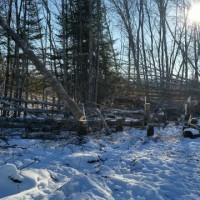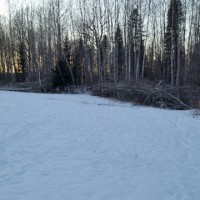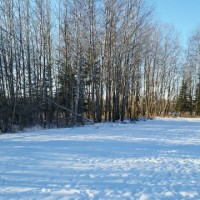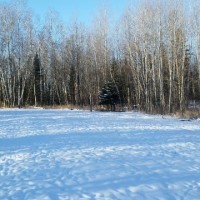Anyone else getting fired up to start their chainsaws???? I’m going to start cutting towards the end of December after the muzzle loader season. No sense in doing too much work while the season is going on that might potentially push some deer to the neighbors properties.
I have a few areas of mature poplar trees that are doing nothing for wildlife. The deer simply move past these areas and don’t live there. The hinged trees will provide cover for bedding and the tops for wintertime browse. This will also open up the forest canopy to encourage undergrowth of new plants, trees, shrubs, etc.
Anyone hinge cut around food plots? I’d like to thicken up the areas all the way around to create a visual barrier and make deer feel more comfortable using them during daylight hours. It will also help me direct deer as they are entering the food plots in areas that I want them to go and areas that I don’t want them to go.
How big of area would you suggest cutting for bedding areas and how far apart? I’ve heard mature does are territorial and prefer to have separated bedding areas.



